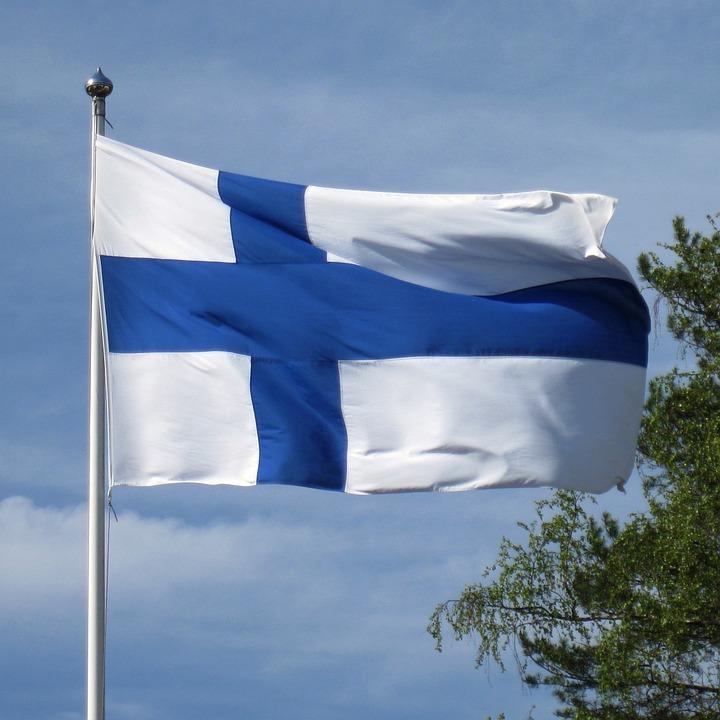Finnish Region Takes the Circular Economy Road

Circular economy minimises systemic leakages and negative externalities in the economy (Ellen MacArthur Foundation, 2015). Closing material loops such as the reuse and recycling of resources and goods as well as the use of renewable energies are at the heart of the concept. They require strategic thinking and planning at the level of cities and regions for place-based solutions.
At the same time, a policy framework has been set at European level, in particular through the EU communication on “Closing the loop: An EU Action Plan for a Circular Economy (2015)”, the EU waste policy including the new Plastics Strategy (2018) as well as new increased targets for recycling.
Multi-level governance
One of the most promising ways for success “on the ground” is the integration of circular economy policies into regional and urban planning. For the Päijät-Häme region in Finland it all started with including circular economy in their regional innovation strategy for smart specialisation (RIS3 strategy), thus defining circular economy (CE) as a priority sector for the region. The biggest city of Lahti also included circular economy in its urban development strategy.
Moreover, while Finland’s national road map towards circular economy (Sitra 2016) provides the general framework at national level, regions still need to adapt their instruments and actions to their local resource, economic and social realities. Hence, a decision was taken to create a regional road map (launched in Oct 2017) which would serve as a joint regional CE strategy for the nine municipalities in Päijät-Häme. The CE roadmap has been accepted as a good practice within the Interreg Europe project BIOREGIO. BIOREGIO boosts bio-based circular economy through transfer of expertise about best available technologies and cooperation models.
High level of stakeholder involvement
Instead of defining the roadmap top-down, authorities included local stakeholders in the definition of a common vision, goals and concrete actions. This happened through two workshops, a stakeholder survey and a direct email campaign. The stakeholders involved in the process included the regional council, other regional and municipal authorities, higher education institutions, a regional development corporation, as well as public and private companies. The involvement of stakeholders, though, did not end with the adoption of the road map but was extended to the implementation phase. In order to identify new opportunities and potentials, for instance, new interested actors were involved in the process since the adoption. The Lahti University of Applied Sciences coordinated the process on behalf of the regional council within an ERDF project[1] funded by the regional operation programme.
The Päijät-Häme roadmap has five main themes and regional level goals, which provide the framework for the actions to be implemented.
- Closed loops of technical streams to create added value. Actions: Digital platforms to optimise logistics, material collection pilots, circular material library, inclusion of circular economy criteria in public procurement.
- Sustainable business from bio circular economy. Actions: Closing of nutrient loops, support for new R&D innovations, promotion of open databanks on biological side streams, awareness raising on consumer choices, and reducing food waste.
- Towards energy self-sufficiency by sustainable transport and energy solutions. Actions: decentralised renewable energy solutions, biomass power plant, adapting building construction regulations, promotion of electric and biogas vehicles.
- Shared economy generates new consumption models and business opportunities. Actions: energy and material efficient solutions for everyday life, digital platform for CE services; support to local sharing platforms, piloting of consumer repair services and food solutions.
- Piloting and demonstrating innovative circular economy solutions. Actions: promotion of internationally interesting reference sites, circular economy training and education.
Regional Development Manager Juha Hertsi from the Regional Council of Päijät-Häme is pleased with the development. “Our circular economy road map is a practical tool to advance the strategic program and smart specialization of the region. Many actions are currently developed. For example, the first pilot for a personal emissions trading system will take place in the City of Lahti.”
In May 2018, the regional stakeholders revised the implementation of the roadmap in a workshop with about 60 participants. The stakeholders updated the activities and regional future plans related especially to the recycling of plastics, textiles and biowaste. The planned activities include e.g. piloting of a deposit system for plastics as well as extending separate collection and composting of household biowaste.
The Päijät-Häme region example is an excellent illustration of a working multi-level governance approach and an ongoing involvement of concerned actors before and after the adoption of the strategic document.
For more information, please visit:
- Lahti University of Applied Sciences
- http://www.kohtikiertotaloutta.fi/english/
- https://www.interregeurope.eu/policylearning/good-practices/item/145/regional-road-map-towards-circular-economy/
[1] Kiertoliike - Päijät-Häme Region Circular Economy Model and New Business Opportunities
